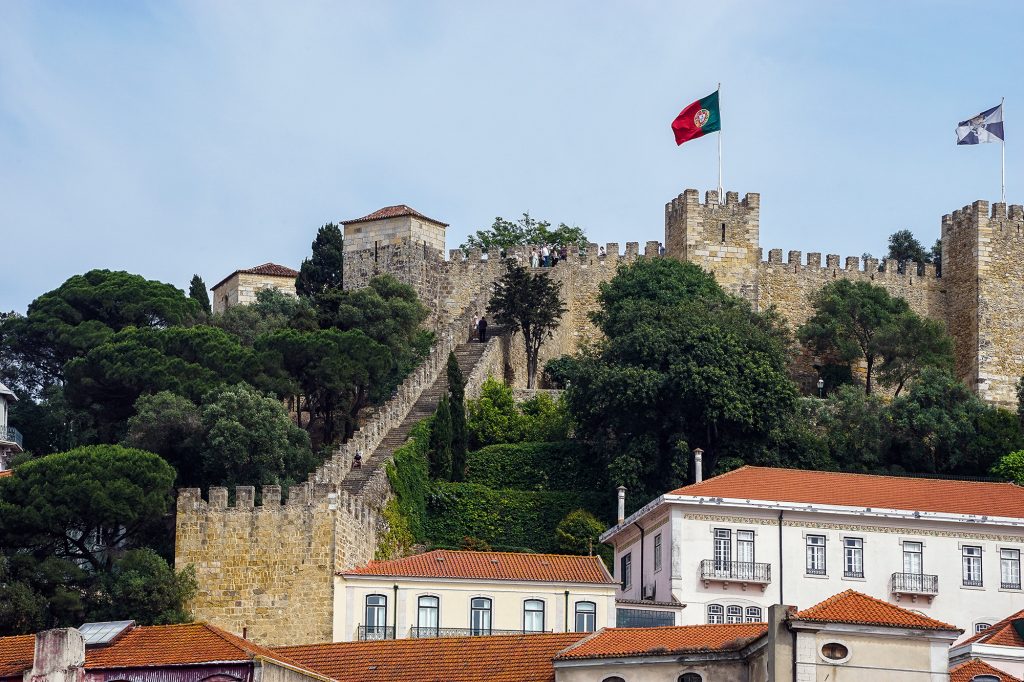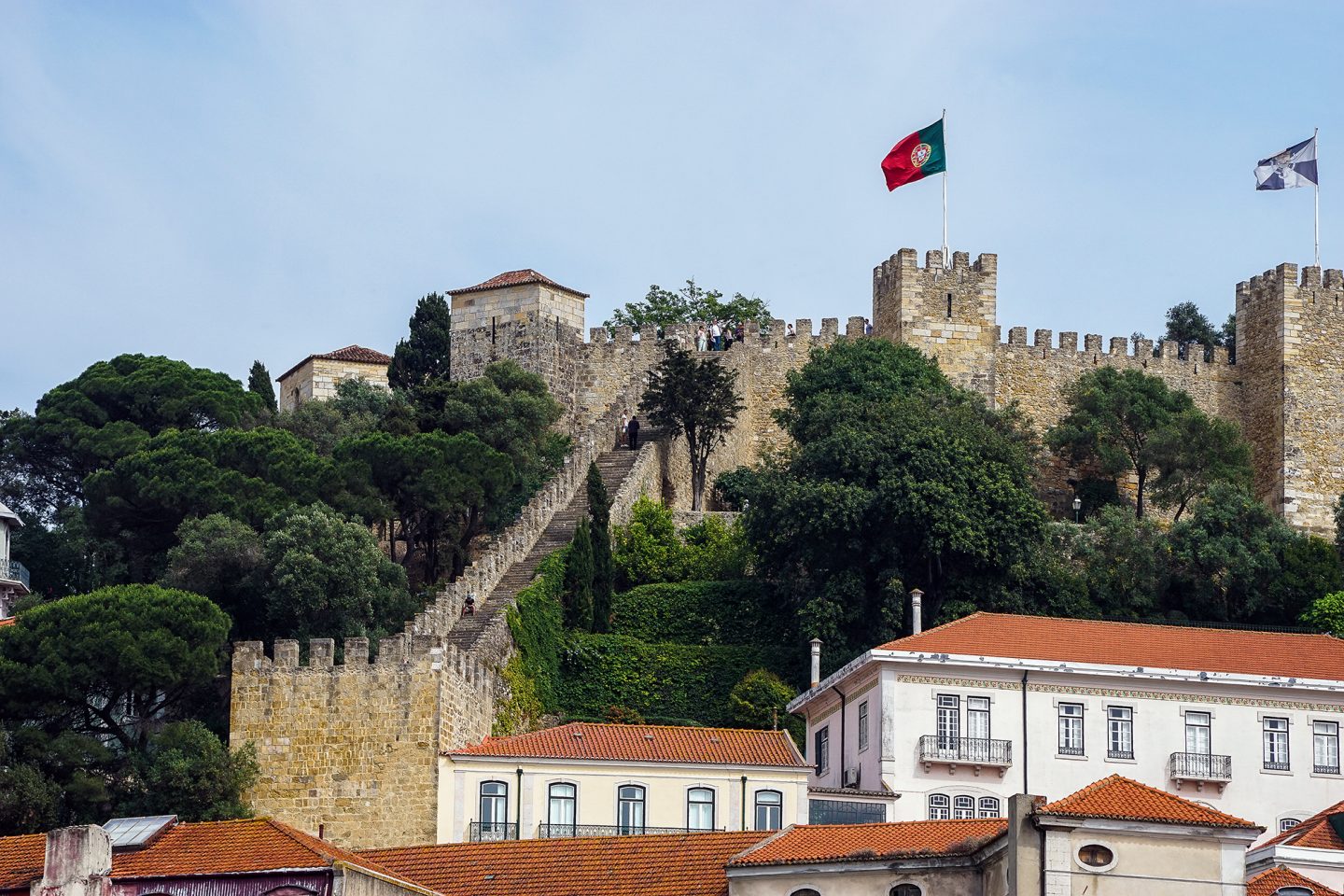Perched on top of the hill, Castelo de São Jorge is an important military monument and a culturally iconic site. Visitors can learn about the history of Lisbon and enjoy an extensive outdoor area – about 4 hectares – consisting of a wide variety of typical trees from the Iberian Peninsula and a considerable number of animals, particularly the lovely community of peacocks.
Opening Hours
November to February, from 9am to 6pm
March to October, from 9am to 9pm
Last admision: 30 minutes before closing
Closed on January 1, May 1, December 24, 25 and 31
Contacts
info@castelodesaojorge.pt
+351 218 800 620 castelodesaojorge.pt/en
Accessibility
For further information, please contact the monument
About the space
The Castelo de São Jorge site is classified as a national monument. It is partly enclosed by the ramparts of the ancient Alcáçova of Lisbon, the residential area of the Roman elites, Muslim elites and later the kings, nobles, and clergy of Portugal. Here we find the medieval castle, the ruins of the former royal Palace of the Alcáçova, Praça de Armas and Praça Nova. A relevant archaeological site discovered in the eastern part of the monument, with structures from the Iron Age, Islamic and modern periods, deserved an excellent museography, designed by the architect Carrilho da Graça.
The fortification was conquered by Dom Afonso Henriques, first king of Portugal, in 1147, and underwent various transformations over time, namely the construction of a palace, today partly ruined. This palace was the scene of several events relevant to the history of Portugal, such as the audience of Vasco da Gama by King Manuel I in 1499, after discovering the sea route to India. A museum is housed in some of the rooms that made up this former building, where visitors can see archaeological finds illustrating the way of life of the people who lived in this area.




















